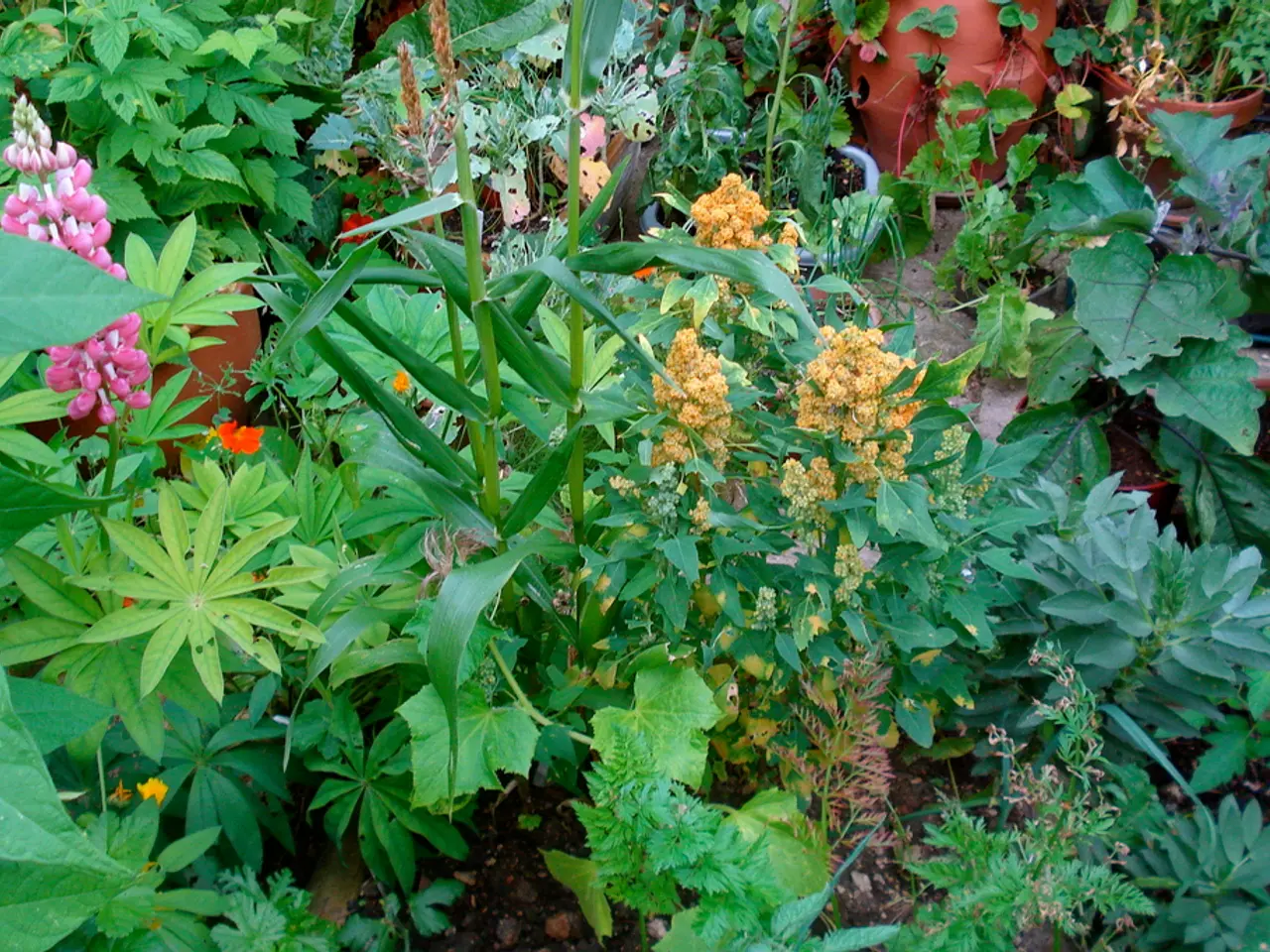Information on Cultivating Blooms in Your Personal Outdoor Oasis
From the crisp winter months to the vibrant summer days, growing flowers in a garden offers a myriad of benefits and brings a splash of colour to any outdoor space. Whether you're a seasoned gardener or a novice just starting out, this guide will help you navigate the world of flowering plants and ensure a flourishing garden all year round.
Winter is the perfect time to plant hardy flowers such as calendula, poppies, geraniums, begonias, and ranunculi. These resilient plants can withstand the cold weather and add a touch of elegance to your garden during the colder months. As winter comes to an end, it's time to do an overall tidy up of the garden before the summer heat kicks in. Trimming hedges and removing errant weeds is essential to keep your garden looking its best.
Spring is a busy time in the garden, with tasks such as renewing mulch, pruning, fertilizing, and propagating perennials through division. This season is also the ideal time to plant a variety of flowers, including dahlias, chrysanthemums, cornflowers, petunias, carnations, marigolds, dianthus, and even sunflowers (if you're in a warmer area or have a lot of sun).
Annuals and perennials are two categories of plants often referred to when discussing gardens. Annuals complete their lifecycle in one year, providing seasonal colour and requiring replanting each year. They are great for those who like to change their garden frequently or want flowers quickly, as they tend to produce spectacular flowers and can be tricked into extending their bloom period. Perennials, on the other hand, thrive and bloom for at least three years, making them a more economic investment. They offer long-term garden structure and often require less water once mature. Some flowering plants fall into a third category known as biennials, which take around two years to complete their lifecycle before dying.
When planning where to plant flowers, it's essential to check their label or ask nursery staff for advice on location, as not all flowers will survive or thrive in certain locations. It's also important to consider the benefits that flowers can bring to your garden ecosystem. They play a vital role in attracting beneficial insects, such as bees, which can help pollinate plants and increase the yield of fruits and vegetables. Some flowers can even serve as companion plants, providing protection to fruiting plants by warding off harmful insects or preventing weeds.
As your flowers bloom, it's essential to maintain their health by feeding them with fertilizers high in phosphorous to encourage lots of flowers. Deadheading, or cutting off the flowers from your plant before they go to seed, encourages the plant to continue putting energy into producing more flowers. Some flowers are even edible, such as nasturtium, pansies, and borage, but it's crucial to ensure that the correct flowers are consumed, as some can be dangerous for human consumption.
Autumn is another busy time in the garden, with the planting of flowers like violas, English daisies, lobelia, snapdragons, sweet pea, and polyanthus. Autumn is also a good time to plant bulbs for spring, such as tulips, daffodils, irises, and anemones. Fallen leaves from deciduous trees can be collected during autumn and turned into compost or shredded and added to flowers as a nutrient-rich mulch.
Growing flowers in a garden offers numerous mental, physical, and social benefits. Gardening can provide a sense of purpose and accomplishment, which significantly enhances mental well-being. It encourages spending time outdoors, increasing exposure to sunlight that helps the body produce vitamin D—important for bone health and immune function. Additionally, gardening reduces stress by lowering cortisol levels, promotes happiness through exposure to beneficial soil bacteria (like M. vaccae), and supports better sleep. It also improves mobility and can be a source of pride and independence, especially for individuals with intellectual and developmental disabilities[1][2].
So whether you're looking to add a pop of colour to your vegetable patch, attract bees to your garden, or simply enjoy the process of nurturing plants, growing flowers in a garden is a rewarding and beneficial pastime. Happy gardening!
[1] White, M. P., Alcock, I., & Ward, T. J. (2014). The impact of gardening on health and well-being: A systematic review. Journal of Public Health, 36(2), e96-e105. [2] Pretty, J., Peacock, J., Sellens, M., & Griffin, M. (2005). What is the value of gardens to people? A systematic review. Environmental Science & Technology, 39(10), 3382-3391.
In the home-and-garden realm, particularly during the transition from winter to spring, it's worth considering planting annuals such as dahlias, chrysanthemums, and petunias that bloom profusely during this period. To ensure a balanced lifestyle garden, consider the benefits of perennials too, like dianthus and marigolds, which offer long-term structure and require less water once mature.




